After the brief summer sojourn, the diamond and jewelry markets geared up as they do each year at the beginning of September, as the countdown to the critical end-of-the-year selling season began.
Home » Diamonds blog
Discover

After the brief summer sojourn, the diamond and jewelry markets geared up as they do each year at the beginning of September, as the countdown to the critical end-of-the-year selling season began.
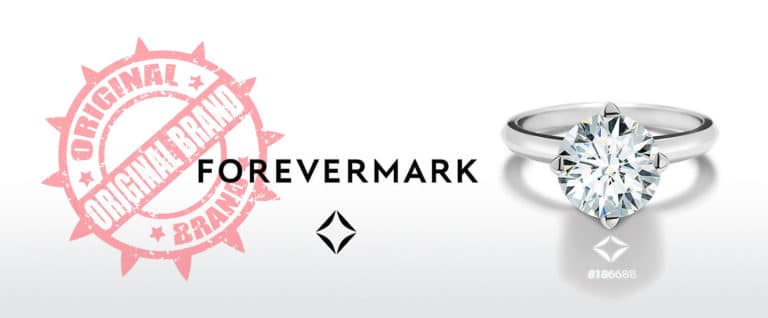
An announcement in May 2015 that De Beers was set to revive its mythological catchphrase “a diamond is forever” sent a palpable wave of excitement through the gemstone trade. The expression, which was named “Slogan of the Century” by Advertising Age in 1999, is considered by many to be the expression that launched a multi-billion dollar luxury industry.
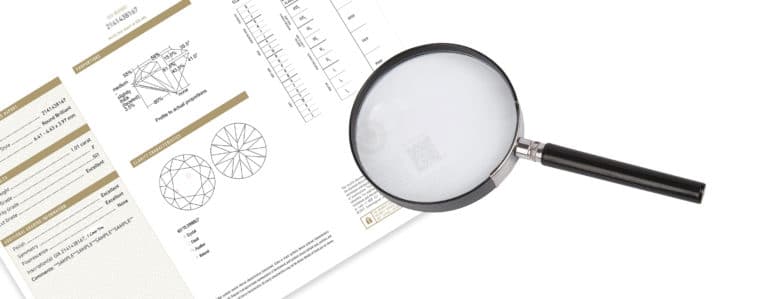
Introduced by the Gemological Institute of America (GIA), the 4Cs is the universally grading system, whose underlying premise is that the value of a polished diamond is decided by its respective scores for carat, clarity, color and cut. But do they represent an adequate number of criteria to provide the definitive price of any given stone? Not so says gemologist Renée Newman, writing in Jewellery Business, a Canadian trade publication, in an article entitled “Diamond Evolution: Why the 4Cs is no longer an adequate pricing system – Jewellery Business.”

It has been a basic in maxim in the diamond business for decades: fashions come and go, with what is “in” one year being “out” the next. But one thing remains constant – young people fall in love and get married. And when they do, they buy diamonds.

One of the key jewelry markets to watch over the coming months is that of the United Kingdom. With an estimated annual value of £3.3bn at the end of 2018, it nonetheless is being rocked by incidents not of its making, with the most prominent being Brexit. No wonder then that the country’s most important jewelry show, International Jewellery London (IJL), is one of the industry’s most keenly anticipated events. This year, it will be held September 1 to 3.

Alrosa, the Russian state-controlled mining company that for most the past decade has been the world’s largest producer of rough diamonds, is positioning itself to also be the leading supplier of fancy colored stones, aiming to capture the position held since the mid-1990s by Argyle, the Western Australian producer that earlier this year announced that it would be ending mining operations.
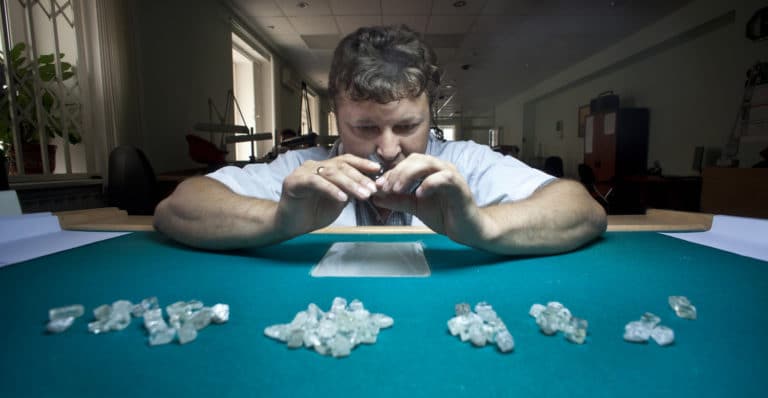
Alrosa announced an almost 50 percent fall in the sales of rough stone in July. Its moves mirrored that De Beers, which at the end of the July reported that its sixth sales cycle was down 53 percent from the amount sold during the sixth cycle in 2018. But despite the dramatic slowdown in the volume of new supply entering the pipeline, there is not an air of panic, neither in the market or among rough diamond producers.
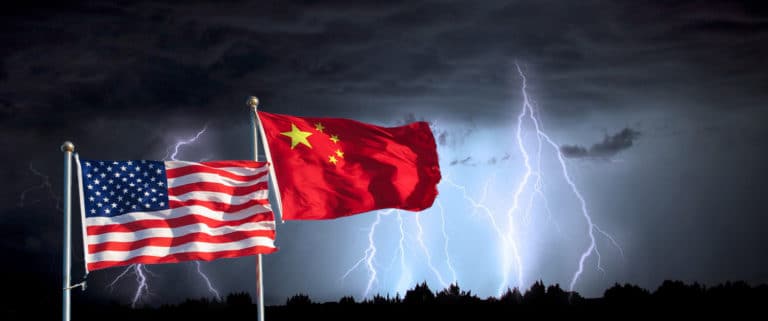
Members of the American jewelry trade who had believed they had dodged a bullet in the escalating trade war between the United States and China seem to have had their hopes dashed with the most recent decision by President Donald Trump to impose a 10 percent levy on those products imported by China that weren’t covered in earlier three rounds of tariffs.
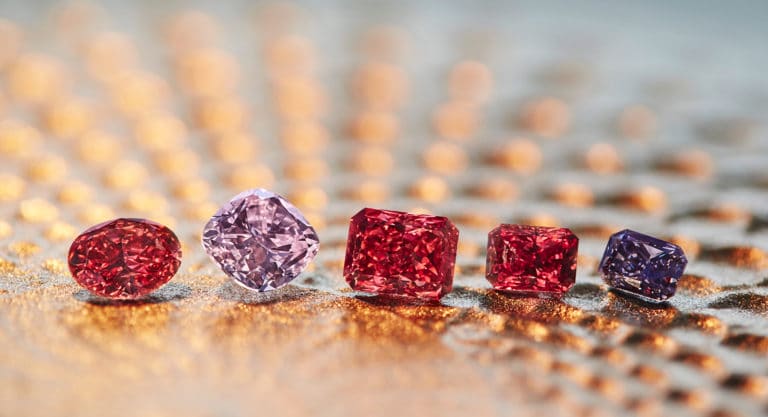
While the fancy color diamond market cooled off ever so slightly, pink diamonds remained a hot commodity, the Fancy Color Research Foundation (FCRF) has noted in its quarterly report.
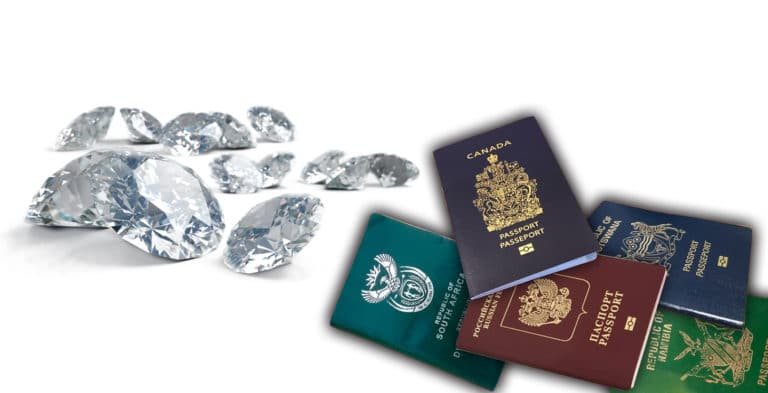
In the colored gemstone trade, the provenance of the article has long been of critical importance. While Sri Lanka, Myanmar (Burma) and Madagascar frequently produce top quality sapphires, if a stone was mined in the remote the Zanskar range of the Himalaya Mountains, allowing it to be referred as a Kashmir sapphire, it will almost undoubtedly fetch a high premium.
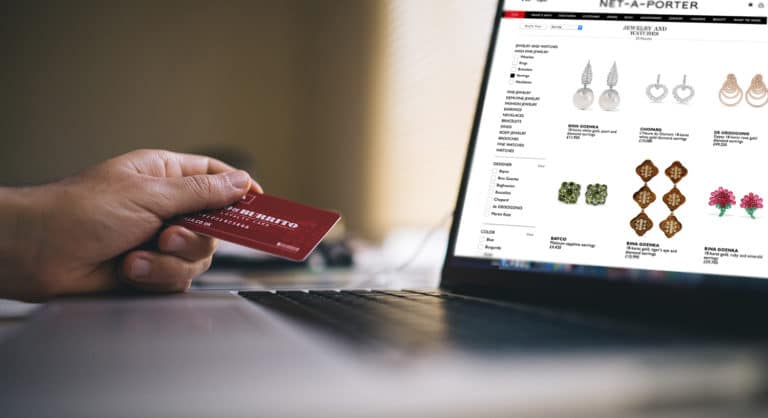
It recently was reported that a $400,000 ruby necklace was sold on Moda Operandi, a fashion discovery platform that gives its customers access to shop directly from designers’ runway collections. Net-a-Porter, its high-end online fashion counterpart, has also been said to have six-figure sales for fine jewelry.
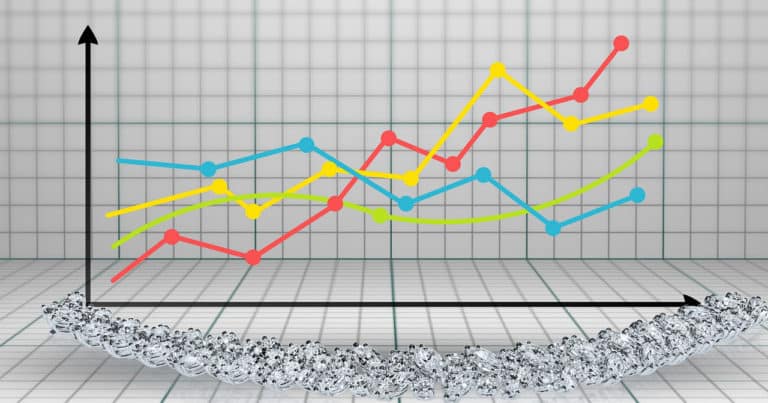
In many respects, 2019 is likely to be remembered as the year that synthetic or laboratory-grown diamonds made their imprint on the diamond market. And, as many have predicted, the most indelible mark has been on goods at the lower end of the price spectrum, and particularly melee.

As had been predicted widely by market pundits, the De Beers Group has announced a quite significant fall in its half-year production of rough diamonds, which equaled 15.6 million carats, which was 10.9 percent lower than during the equivalent six-month period in 2018, and 12.4 percent lower than during the second half of last year.

Picture a diamond mine, and one most likely conjures up image of a giant pit or underground shaft set against the backdrop of the sweltering African savannah. Who would think then that, in 2018, 42 percent of rough diamonds in terms of value and almost 45 percent in terms of volume mined in the frigid cold of Arctic region, in Russian or in Canada?
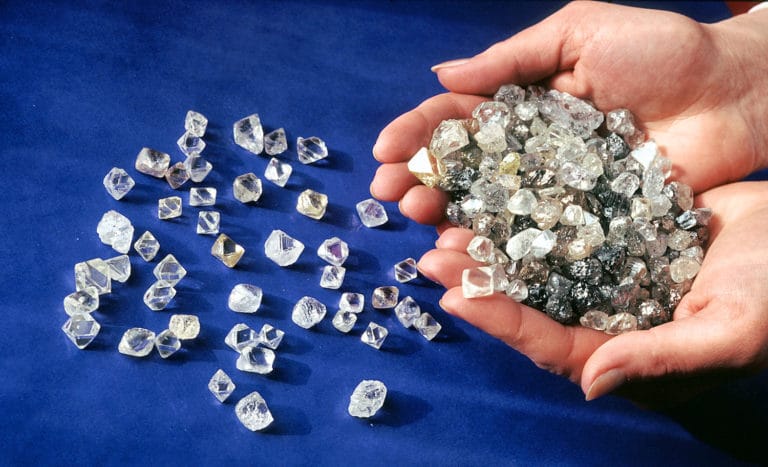
Data just released by the Kimberley Process has provided a somewhat ambiguous view of the rough diamond market in 2018, with a fall of production reported in terms of carats, but a moderate rise in terms of U.S. dollars.

It comes as no news that the marketing of consumer products is undergoing one of the most fundamental periods of change in history, as it shifts from a landscape dominated by brick and mortar stores to one in which the digital environment is dominant.
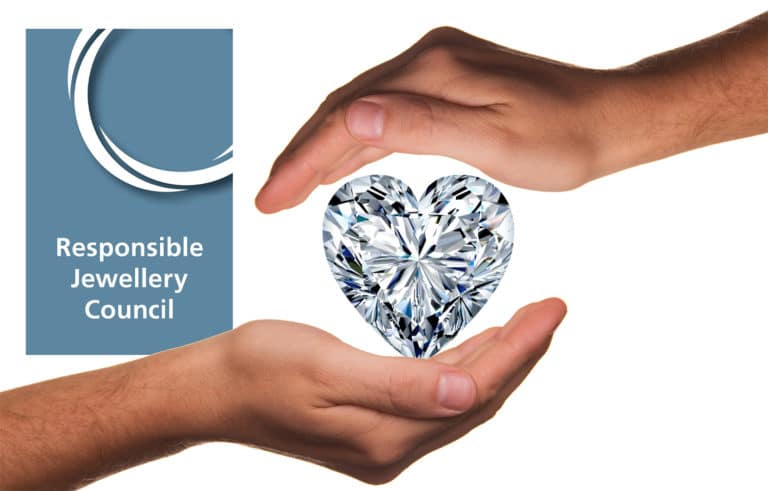
The Responsible Jewellery Council (RJC), which in 2020 will celebrate the 15th year since its establishment, is planning a program that it intends will to raise the profile of the organization’s code of ethical business practices among jewelry consumers. The program will not only emphasize that an item of jewelry and each of its components sold by an RJC member has been sourced responsibly, but also that they contribute to the fulfillment of the United Nation’ Sustainable Development Goals.
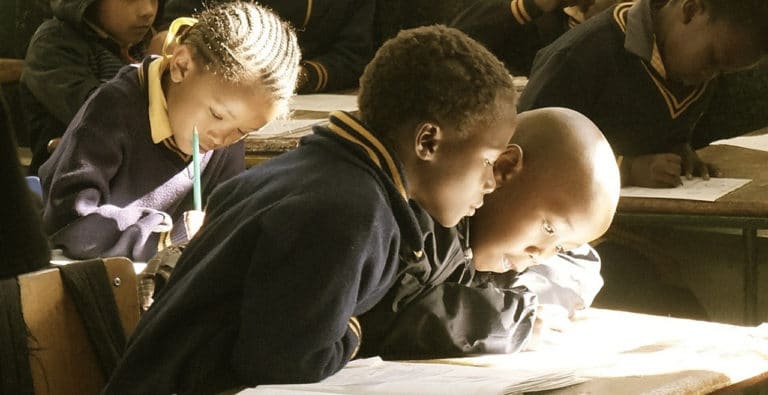
“Pay It Forward,” an American romantic move released in 2000, tells the story of child who conceives of a plan to build a better world, by which the recipient of a favor does in turn do a favor for three others, rather than paying the original favor back. It is a concept that is being translated into reality in the luxury product industries, which over the years have acquired much of their raw materials from developing countries, where few people would be able to purchase the products they sell. The idea is that they initiate capacity building projects in projects that not only provide direct revenues, but also build capacity so that sustainable economic opportunities are created.
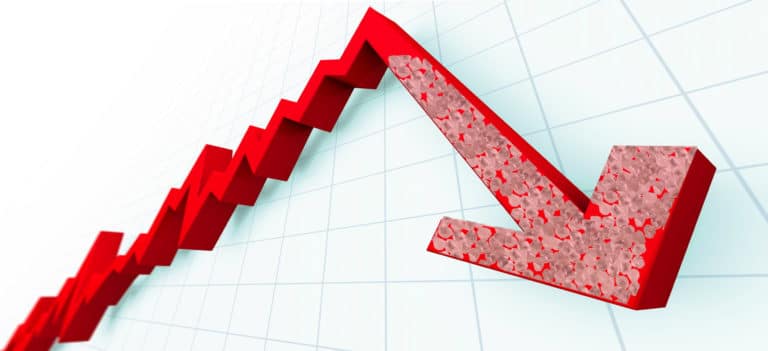
In many respects, 2019 is likely to be remembered as the year that synthetic or laboratory-grown diamonds made their imprint on the diamond market. And, as many have predicted, the most indelible mark has been on goods at the lower end of the price spectrum, and particularly melee.

A good deal of fuss was made earlier this year when an article in a scientific journal defended the hypothesis that a large percentage of the natural diamonds that have been discovered on earth were created from organic materials on the seabed that, millions of years ago, were drawn deep into the red-hot mantle of the planet through the movement of tectonic plates. Diamonds, the article suggested, are essentially the remains of sea creatures and marine vegetation that had been transformed through a combination of high pressures and temperatures into crystalline carbon – or in other words, diamonds.

According to Bain & Company’s recently released luxury market report, the personal luxury goods market segment, which includes jewelry, will grow by 3 percent to 5 percent per annum, driven by seven trends that , in the opinion of its authors, will shape the future of luxury.
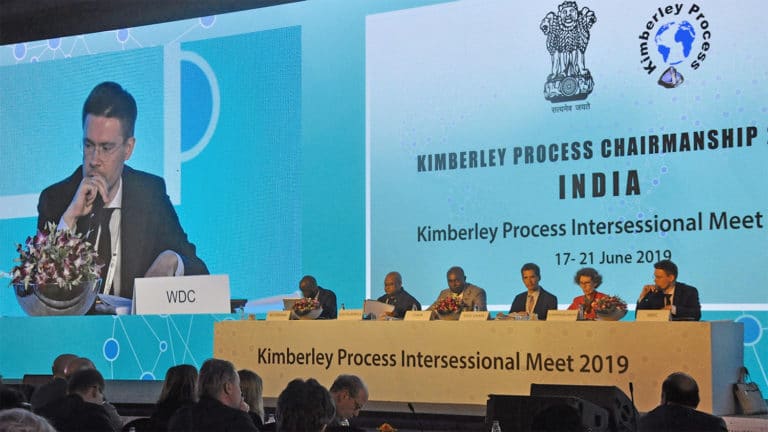
Members of government, the diamond and jewelry industry and human rights groups gathered in the Indian city of Mumbai, June 17-21, for the first of two Kimberley Process (KP) meetings that will be hosted in the country this year. India is the current chair of the KP, which is the multinational coalition established in 2000 to prevent the infiltration of conflict diamonds into the legitimate diamond pipeline.

In the latest edition of its worldwide survey of the luxury product markets, Bain & Company has reported that they grew by 5 percent in 2018, to reach an estimated value of $1.36 trillion globally.
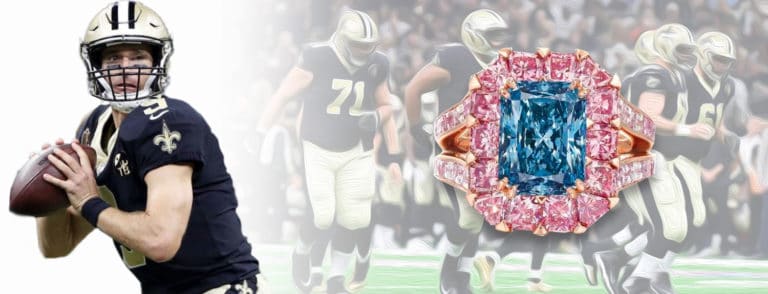
A lawsuit decided in the United States has the potential, as a result of the publicity has garnered, of shaking up the market for diamonds for investment.
Traceability, or the ability to track a diamond from the mine all the way to the point at which it is sold at retail, set in jewelry, was a very hot topic at the 2019 JCK Show in Las Vegas in June, with both of the two world’s largest diamond companies discussing or demonstrating systems that they are developing to the do the job.
